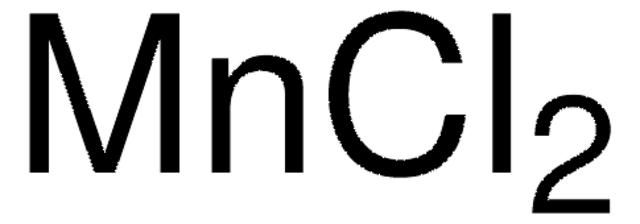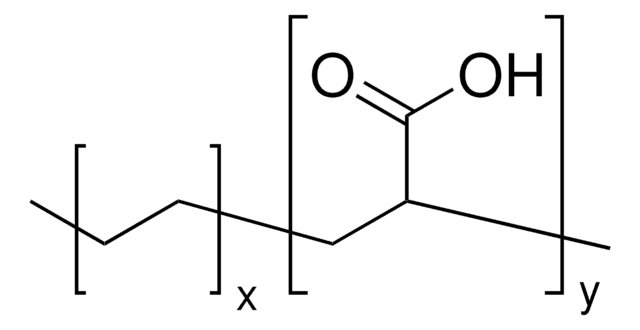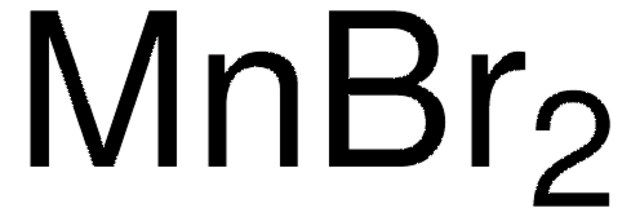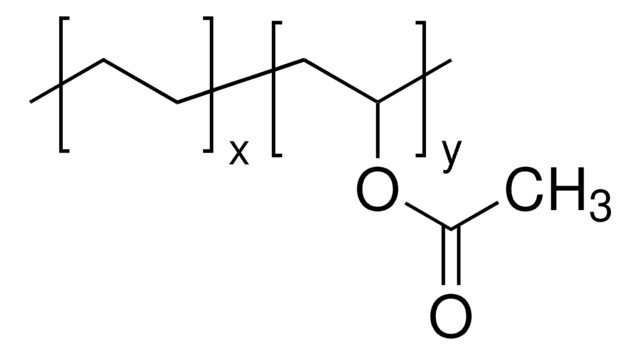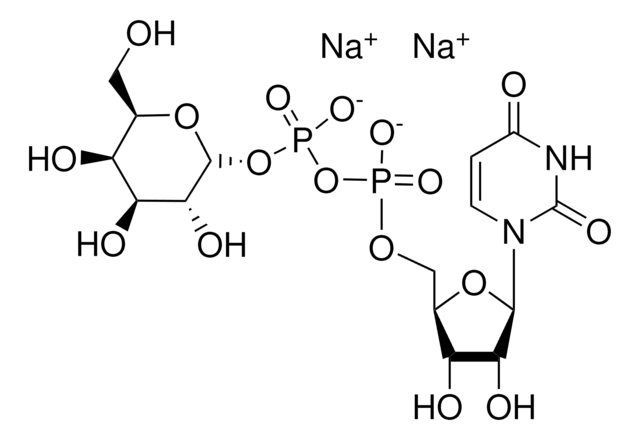429449
Manganese(II) chloride
AnhydroBeads™, −10 mesh, 99.99% trace metals basis
Sinônimo(s):
Manganese dichloride, Sacchite
About This Item
Produtos recomendados
linha de produto
AnhydroBeads™
Nível de qualidade
Ensaio
99.99% trace metals basis
Formulário
beads
Impurezas
≤150.0 ppm Trace Metal Analysis
tamanho de partícula
−10 mesh
pf
652 °C (lit.)
densidade
2.98 g/mL at 25 °C (lit.)
aplicação(ões)
battery manufacturing
cadeia de caracteres SMILES
Cl[Mn]Cl
InChI
1S/2ClH.Mn/h2*1H;/q;;+2/p-2
chave InChI
GLFNIEUTAYBVOC-UHFFFAOYSA-L
Procurando produtos similares? Visita Guia de comparação de produtos
Categorias relacionadas
Descrição geral
Aplicação
- A precursor in the preparation of manganese oxide coated natural spherical graphite materials, which are used for improving the electrochemical performance of the graphite materials, making them suitable for applications in batteries and supercapacitors.
- A key component in the preparation of polyvinyl alcohol/manganese chloride composite films, which are find potential applications in areas such as sensors, energy storage devices, and flexible electronics due to their improved optical, mechanical, and thermal properties.
- A precursor in the synthesis of Mn-doped CsPbCl3 perovskite nanocrystals for enhancing their optical properties and quantum yield, which are vital for their application in improving the efficiency of solar cells.
- A catalyst for the transfer dehydrogenation of glycerol to lactic acid.
Informações legais
Não está encontrando o produto certo?
Experimente o nosso Ferramenta de seleção de produtos.
acessório
Palavra indicadora
Danger
Frases de perigo
Declarações de precaução
Classificações de perigo
Acute Tox. 3 Oral - Eye Dam. 1 - STOT RE 2
Órgãos-alvo
Brain
Código de classe de armazenamento
6.1D - Non-combustible acute toxic Cat.3 / toxic hazardous materials or hazardous materials causing chronic effects
Classe de risco de água (WGK)
WGK 2
Ponto de fulgor (°F)
Not applicable
Ponto de fulgor (°C)
Not applicable
Equipamento de proteção individual
dust mask type N95 (US), Eyeshields, Faceshields, Gloves
Escolha uma das versões mais recentes:
Já possui este produto?
Encontre a documentação dos produtos que você adquiriu recentemente na biblioteca de documentos.
Os clientes também visualizaram
Artigos
Lithium-Ion Battery Performance: Dependence on Material Synthesis and Post‑Treatment Methods
The prevailing strategies for heat and electric-power production that rely on fossil and fission fuels are having a negative impact on the environment and on our living conditions.
Nossa equipe de cientistas tem experiência em todas as áreas de pesquisa, incluindo Life Sciences, ciência de materiais, síntese química, cromatografia, química analítica e muitas outras.
Entre em contato com a assistência técnica